Two Fun Poetry Activities to Help Strengthen Your Students’ Vocabulary
January 30, 2025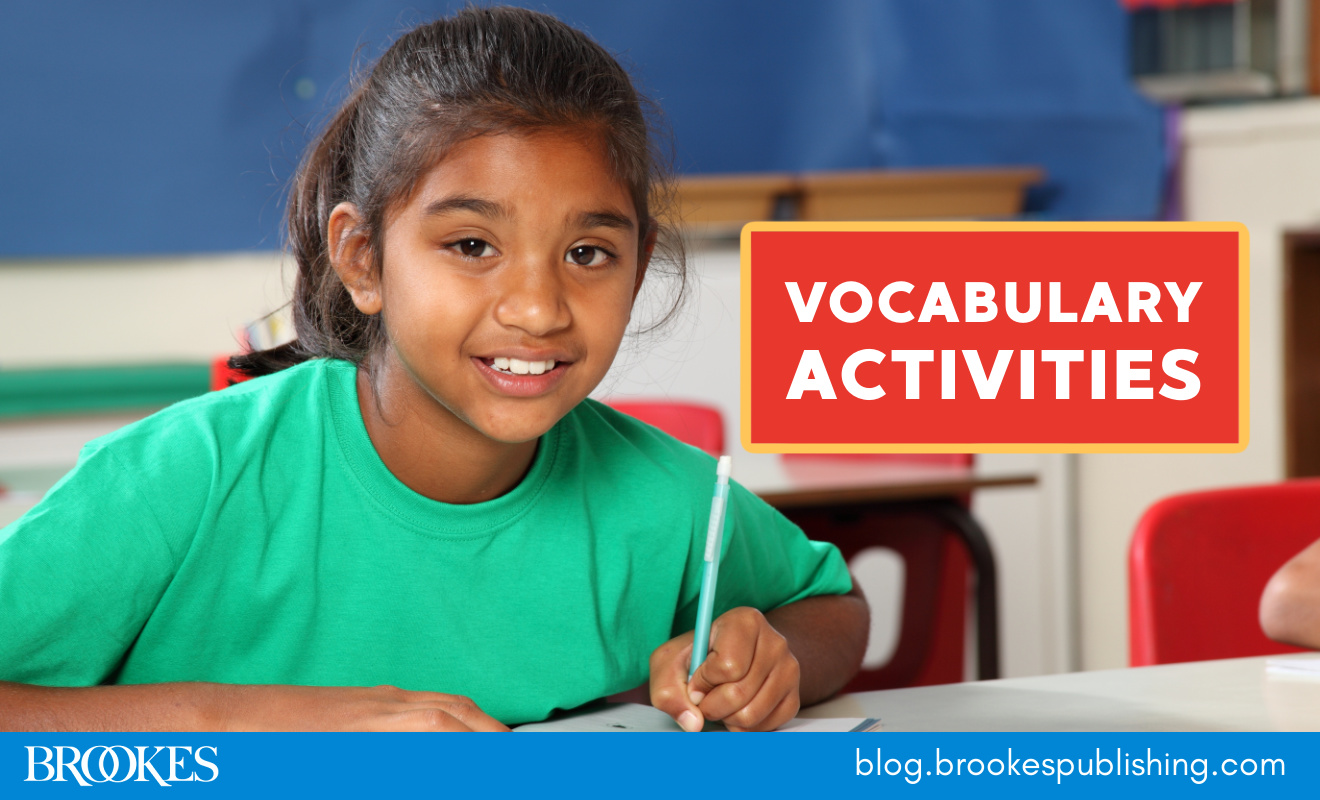
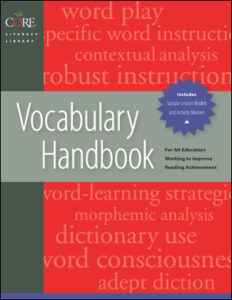 *Today’s post has been adapted from Vocabulary Handbook by Linda Diamond and Linda Gutlohn.
*Today’s post has been adapted from Vocabulary Handbook by Linda Diamond and Linda Gutlohn.
One way to help students develop vocabulary is by fostering word consciousness, an awareness of and interest in words. Word play is a great option for fostering word consciousness, and writing poetry is the perfect vehicle for encouraging your students to play with words. Poets are, after all, writers whose use of words is both skillful and playful. Students can also play with words and find that they wind up with poems.
The sample lesson model in today’s post focuses on two poetic forms to explore with students in Grade 3 and above: diamantes and cinquains.
Diamante Poems
Tell students that a diamante is a seven-line poem in the shape of a diamond. In a diamante, each line uses specific kinds of words, such as adjectives or –ing words. Explain that diamantes are created using either antonym pairs or synonym pairs. On a handout, share the structural form of an antonym diamante poem with students:
LINE 1: Antonym 1
LINE 2: Two adjectives describing Antonym 1
LINE 3: Three –ing words describing Antonym 1
LINE 4: Two nouns related to Antonym 1; two nouns related to Antonym 2
LINE 5: Three –ing words describing Antonym 2
LINE 6: Two adjectives describing Antonym 2
LINE 7: Antonym 2
Here’s an example:
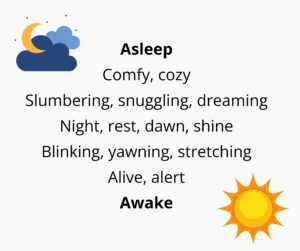
Read the sample antonym diamante poem aloud. Then demonstrate the form of a diamante to students by comparing this example with the chart showing its structural form. Explain that the words in the first and last lines are antonyms, and then point out the different parts of speech in each line. Discuss Line 4, the middle of the poem, and explain how it provides a transition between the antonyms in Lines 1 and 7.
Now ask students to write their own antonym diamante poems. First have them brainstorm a list of antonym pairs, such as asleep and awake. Write the list on the board and ask students to choose an antonym pair to use in the development of their poem. Tell students to begin by filling in Line 1 with one of the antonyms in the pair (Antonym 1) and Line 7 with the other antonym in the pair (Antonym 2). Encourage students to consult a dictionary or thesaurus for help in selecting words. When students have finished writing, encourage them to share their antonym diamante poems with the class.
Variation. Now challenge students to write their own synonym diamante poems. Explain that a synonym diamante follows the same structural form as an antonym diamante, except that Lines 1 and 7 are synonyms and in Line 4 the four nouns relate to both Synonym 1 and Synonym 2. Share this as an example before students create their own:
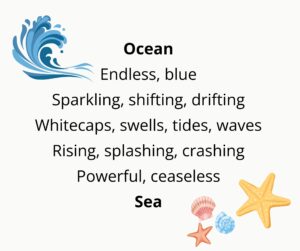
Cinquain Poems
Tell students that a cinquain is a five-line poem describing a person, place, or thing. Point out that the word cinq means “five” in French and that the five lines of a cinquain have two, four, six, eight, and two syllables, respectively. In addition, most lines have a specific number of words. On a handout, provide information about the structural form of a cinquain poem, as shown here:
LINE 1: Two syllables—a one-word subject, a noun
LINE 2: Four syllables—two adjectives describing the subject
LINE 3: Six syllables—three –ing words describing the subject
LINE 4: Eight syllables—a descriptive phrase about the subject
LINE 5 : Two syllables—a synonym for the subject, a noun
Offer an example, like the following:
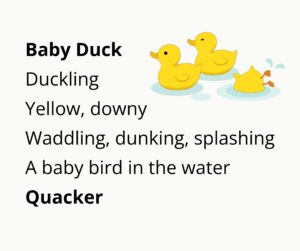
Read the example cinquain poem(s) aloud. Then count their lines and the number of syllables in each line. Explain the form of a cinquain poem to students by comparing it with the chart showing its structural form.
Now have students choose topics and write cinquains of their own. To help them in this exercise, you may wish to have students work in pairs or groups of three. Make it clear that they may have to experiment with several word choices before finding those that fit. This is part of the “play” of poetry. Some students may have trouble limiting the syllables. If so, have them write cinquains following the internal structure only, focusing on word choice and descriptive requirements rather than the exact syllabication for each line.
Poetry is a playful and effective way to strengthen your students’ vocabulary skills. Add these exercises to your toolbox—and for much more practical guidance on developing vocabulary, see the bestselling book behind today’s blog post.





Write a Comment
Your email address will not be published. Required fields are marked *
Post a Comment